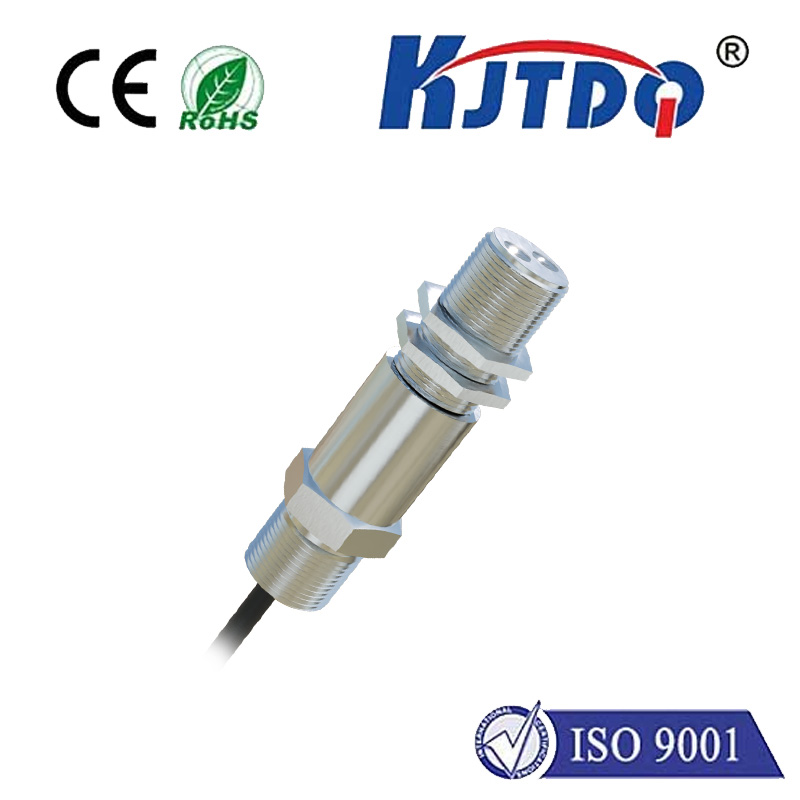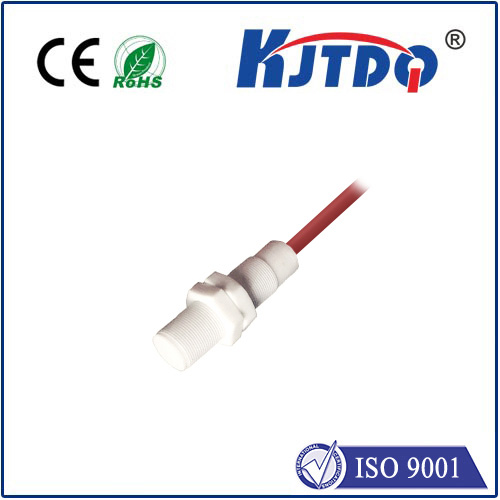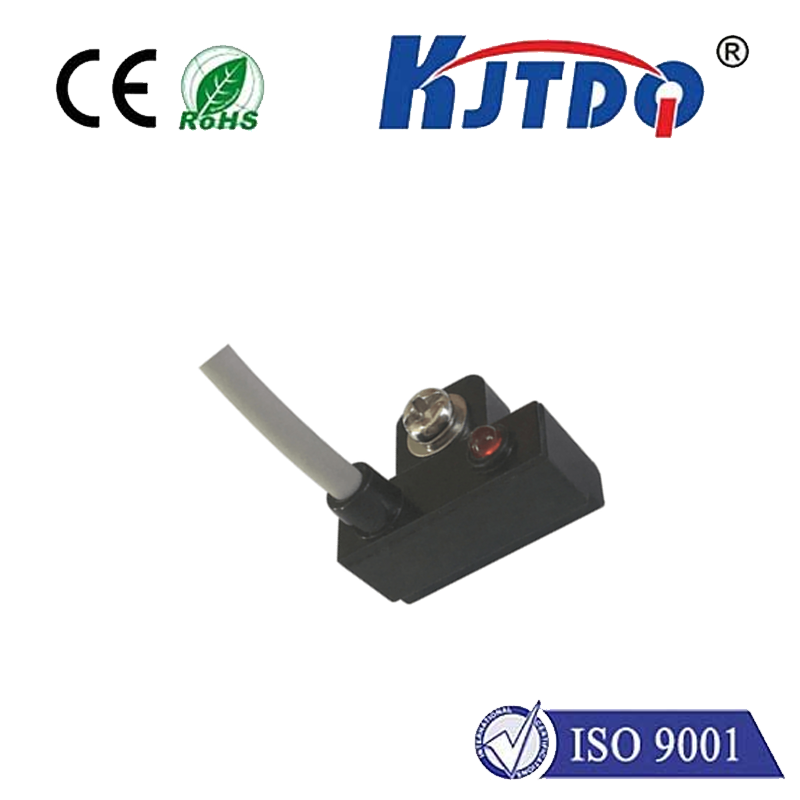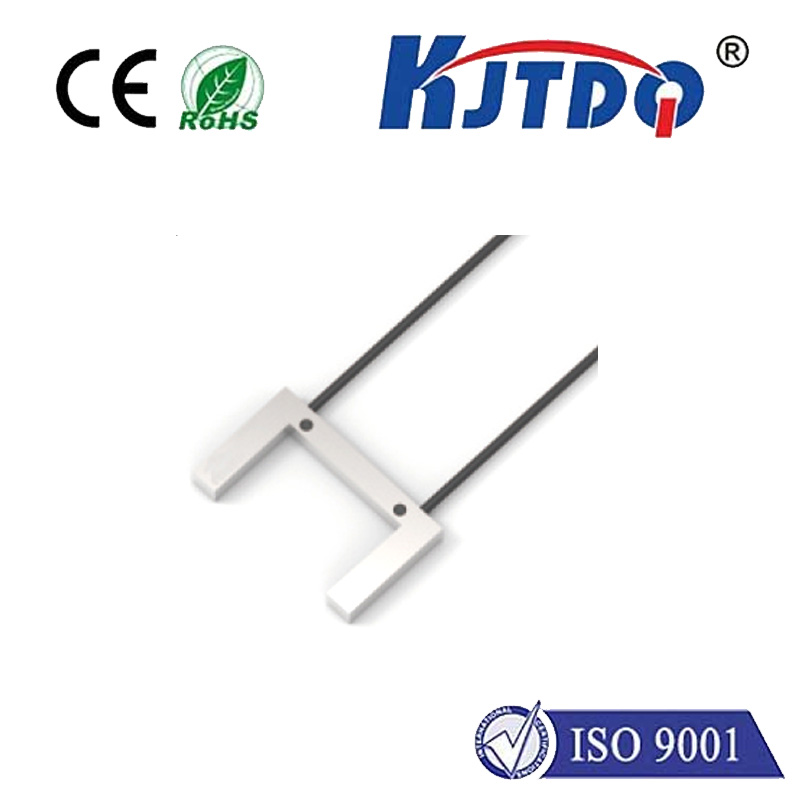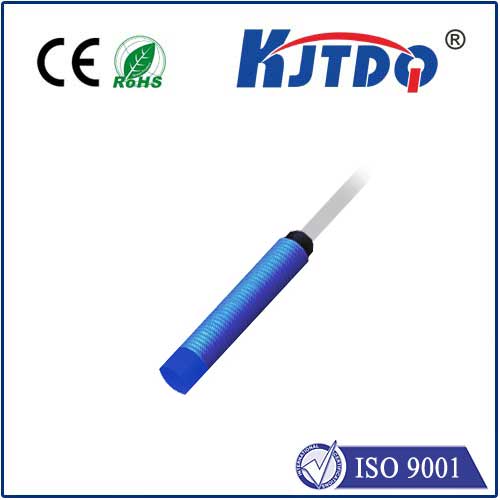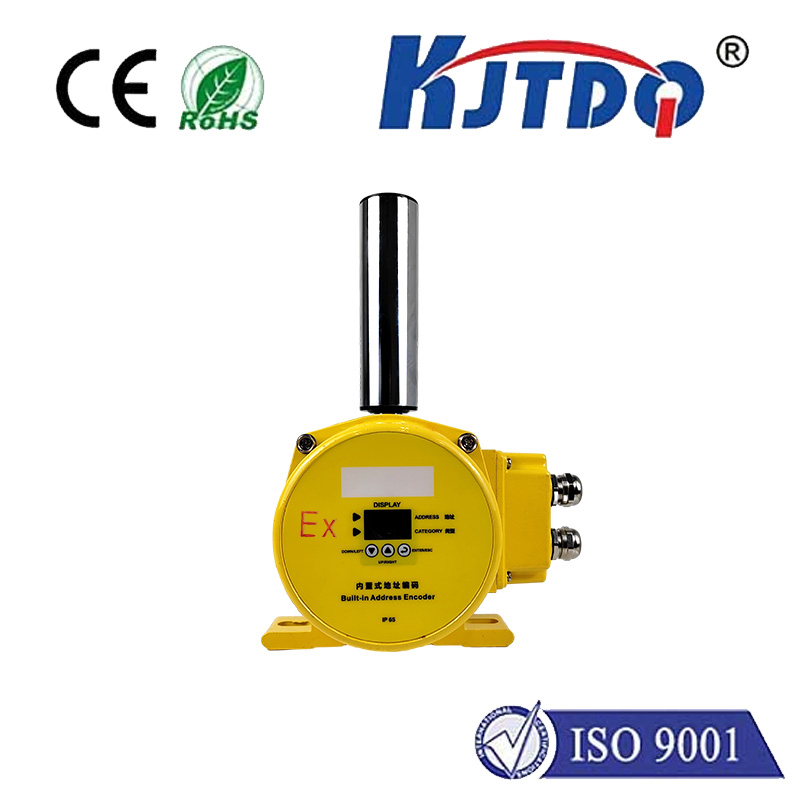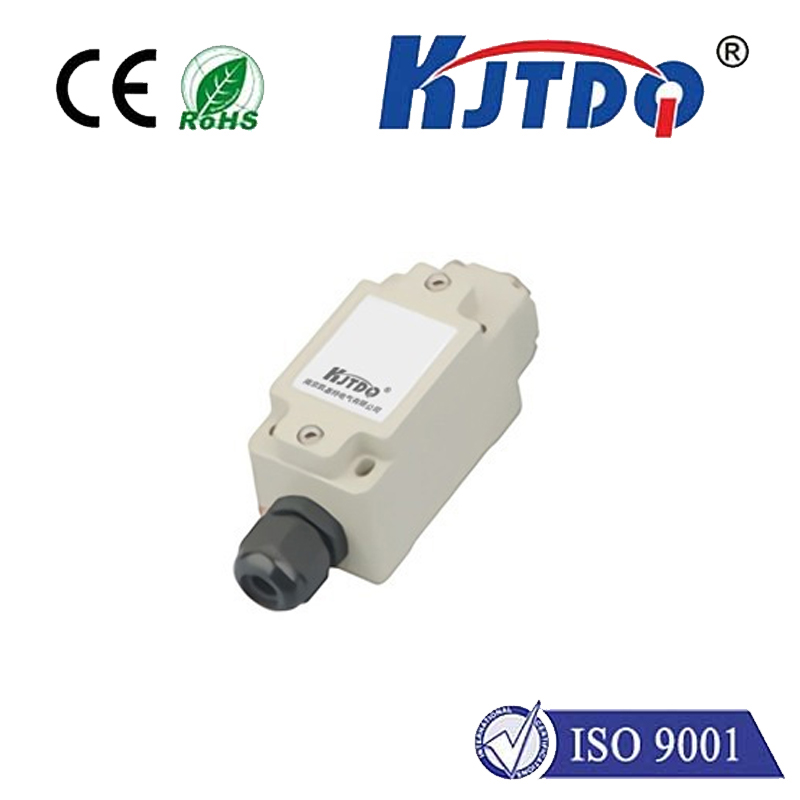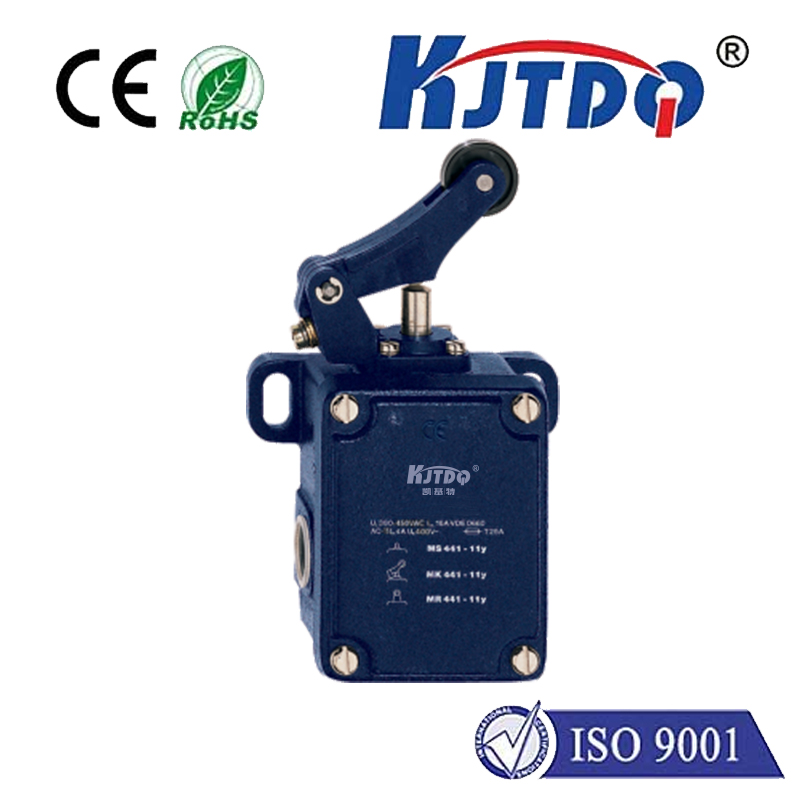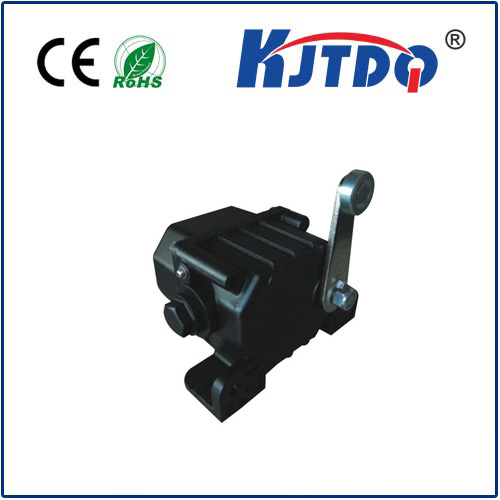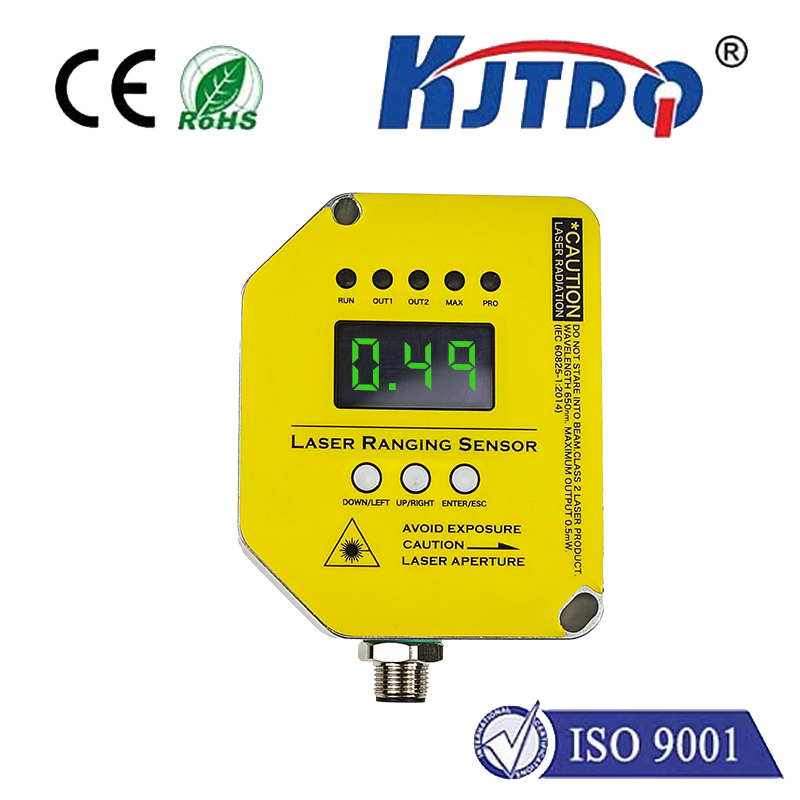

check

check

check

check

check

check

check

check

check

check
Understanding NPN Photoelectric Sensors: Key Features and Applications
Photoelectric sensors have become an integral part of modern industrial automation and control systems. Among various types of photoelectric sensors, the NPN photoelectric sensor is a popular choice due to its reliability, accuracy, and ease of integration with other electronic components. In this article, we will delve into the key features and applications of NPN photoelectric sensors to help you understand their significance in the field of automation.
What is an NPN Photoelectric Sensor?
An NPN photoelectric sensor is a device that uses a light source (such as an LED or laser diode) and a photodetector to detect the presence or absence of an object within its sensing range. The term "NPN" refers to the configuration of the output transistor in the sensor's circuitry, which is an NPN-type bipolar junction transistor (BJT). This configuration allows for a sinking output signal, meaning that the sensor will pull current from its load when activated by the detected object.
Key Features of NPN Photoelectric Sensors
1. High Sensitivity: NPN photoelectric sensors are designed to be highly sensitive to changes in light levels, enabling them to detect even small objects or subtle variations in surface reflectivity.

2. Fast Response Time: These sensors offer rapid response times, typically ranging from microseconds to milliseconds, ensuring real-time detection and control in high-speed applications.
3. Wide Sensing Range: With sensing ranges that can extend up to several meters, NPN photoelectric sensors are suitable for both short-distance and long-distance detection needs.
4. Flexible Connectivity: Most NPN photoelectric sensors come with standardized electrical interfaces, such as screw terminals or pluggable connectors, facilitating easy integration with existing systems.
Applications of NPN Photoelectric Sensors
1. Industrial Automation: NPN photoelectric sensors are commonly used in conveyor belt monitoring, packaging machinery, and assembly lines to detect product presence, alignment, and quality control.
2. Safety Systems: In environments where worker safety is paramount, NPN photoelectric sensors can be employed for machine guarding, access control, and emergency stop functions.
3. Retail and Logistics: These sensors find use in inventory management, shelf monitoring, and sorting systems, helping retailers maintain efficient stock levels and streamline logistics processes.
4. Automotive Industry: Within the automotive sector, NPN photoelectric sensors are utilized for vehicle assembly, component tracking, and quality assurance during manufacturing stages.
5. Environmental Monitoring: For applications requiring environmental monitoring, such as water level sensing or air quality measurement, NPN photoelectric sensors provide accurate data collection and analysis.
Conclusion
NPN photoelectric sensors represent a robust solution for a wide array of industrial, commercial, and environmental applications. Their high sensitivity, fast response time, and flexibility make them ideally suited for tasks requiring precise object detection and real-time control. By integrating these advanced sensors into your system design, you can enhance operational efficiency, improve safety measures, and optimize overall performance in various settings.
